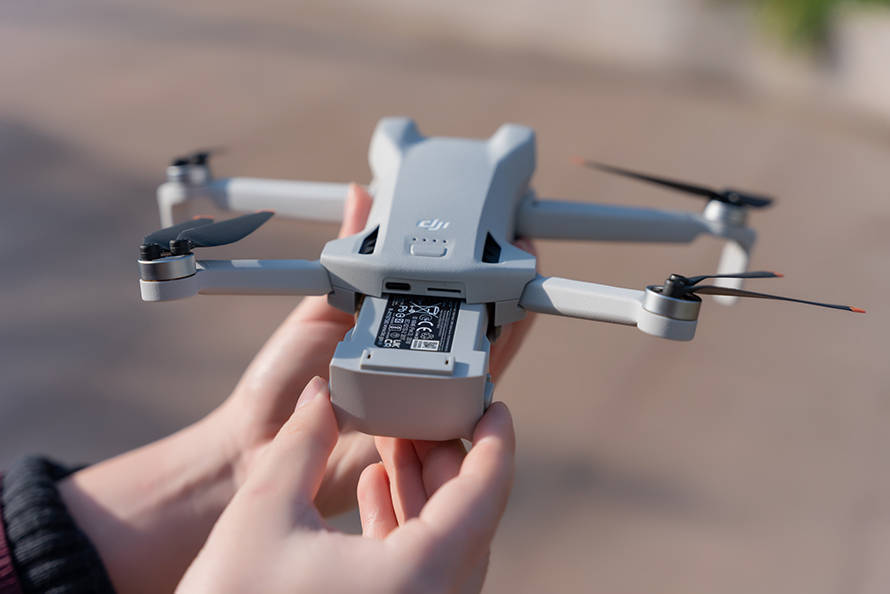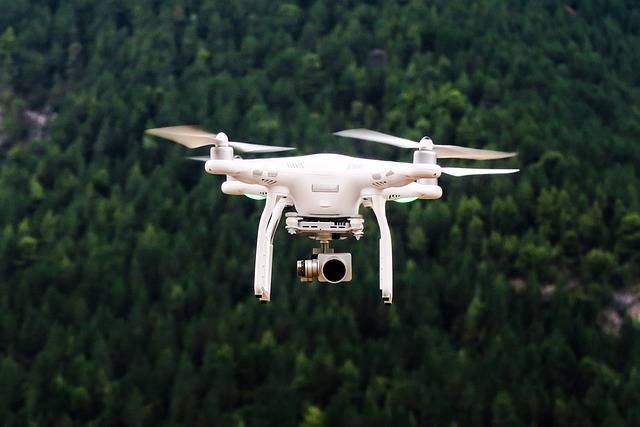Drone photos have revolutionized the way we perceive the world around us. Offering a bird’s-eye view that was once only accessible by helicopter or plane, drones provide us with a unique perspective and the opportunity to capture stunning images from above. This new frontier in photography has captivated both amateur and professional photographers, pushing the boundaries of visual storytelling.
The Magic of Drone Photography
Drone photography opens up an entirely new world of creative possibilities. By utilizing the latest advancements in drone technology, photographers can capture sweeping landscapes, intricate cityscapes, and otherwise inaccessible locations with ease and precision. The ability to fly a camera into locations that were previously out of reach allows for a level of storytelling and exploration that is both exciting and inspiring. The term “drone photos” encompasses a broad range of photographic styles, and photographers are continually finding new ways to surprise viewers and challenge conventions.
Advantages of Using Drones for Photography
Drones offer several advantages over traditional photography methods. Firstly, they can achieve aerial shots without the need for expensive helicopter rentals. This accessibility allows more photographers to enter the field and explore aerial photography. Secondly, drones are equipped with advanced stabilization technologies, enabling them to capture crisp and clear images even in challenging conditions. Finally, the versatility of drones means they can be used in a wide array of environments, from rugged terrains to busy urban centers, all while avoiding obstacles that ground-based photography might encounter.
Innovative Techniques in Drone Photography

Exploring different techniques is part of the art of drone photos. Many photographers use panoramic shots to maximize their coverage of large scenes, while others might focus on detail, honing in on specific subjects that are highlighted against expansive backgrounds. Time-lapse drone photography is another popular technique, whereby a series of images taken over time can create a stunning portrayal of movement and change, such as a sunset or unfolding storm. As technology progresses, so do the methods available to drone photographers, further enhancing the quality and creativity of their work.
Drone Photos in Various Industries

Beyond artistry, drone photos serve practical purposes across a variety of industries. The real estate market, for instance, uses aerial images to showcase properties and their surrounding landscapes, providing potential buyers with a comprehensive view from above. In agriculture, drones monitor crop health, helping farmers make informed decisions about harvesting and pest control. Meanwhile, in media and journalism, drones offer unprecedented access to live events and breaking news, supplying visual content that was previously unimaginable.
“Drone photography represents the merging of technology and art, creating new interpretations of familiar scenes and bringing untapped perspectives into the limelight.”
Challenges Faced in Drone Photography
While the potential of drone photography is vast, it does come with challenges. Navigating regulations surrounding drone use is critical. Different countries and regions have stringent rules about where and how drones can be operated, often requiring licenses and adherence to no-fly zones. Weather conditions also play a significant role, as high winds, rain, or fog can limit a drone’s ability to capture images. Photographers must also consider battery life, flight times, and potential risks to equipment when planning their aerial shoots.
The Future of Drone Photography
The future of drone photography is promising, with advancements in drone technology continually enhancing image quality and flight capabilities. Innovations such as AI-driven drones equipped with enhanced navigation and camera technology promise to push the boundaries even further, opening up new possibilities for capturing compelling images. As more people discover the potential of drone photos, we can expect to see continued growth in both artistic and commercial applications.
Frequently Asked Questions
What is the best drone for photography?
The best drone for photography depends on the user’s experience, budget, and photography needs. Popular choices include the DJI Phantom, Mavic series, and Autel Robotics drones, all known for their excellent image quality and user-friendly features.
How do I start with drone photography?
Beginners should start with understanding local drone regulations and obtaining necessary permits. Investing in an entry-level drone with a good camera and learning to fly safely in open areas will help build confidence. Practice is key to refining techniques and capturing stunning drone photos.
Are drones allowed everywhere?
No, drones are not allowed everywhere. Areas such as national parks, near airports, and government facilities typically have restrictions. Always check local regulations before flying a drone to ensure compliance and safety.